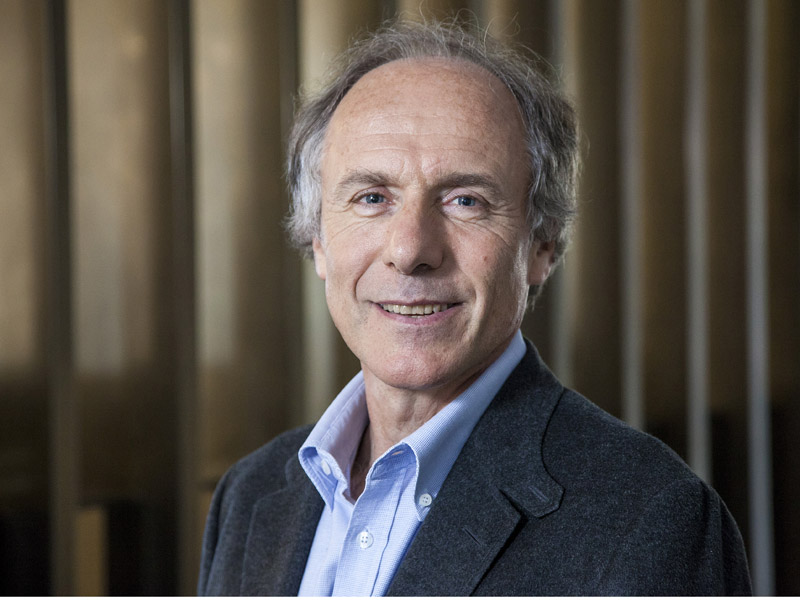Mind-blowing neuroscience research: the future is now
 Late last year, I lost a dear friend, the great composer Allan Zavod, to brain cancer. The survival rates for brain cancer have not improved in this country for the last three decades.
Late last year, I lost a dear friend, the great composer Allan Zavod, to brain cancer. The survival rates for brain cancer have not improved in this country for the last three decades.
It’s like so many conditions of the brain: hideously cruel, and utterly confounding.
What is the leading cause of death for Australian women? Dementia. It overtook heart disease this year.
What is the average life expectancy of a person diagnosed with motor neurone disease? Two and half years. There is no known cure, and no effective treatment.
What is the annual cost of depression to Australia? About $13 billion. The human toll is infinitely worse: suicide is now the leading cause of death amongst young Australians.
Every one of us knows what it means to long desperately for answers from science – answers that with every step forward, somehow slip further away.
And yet research labs have been working extremely hard, and seeing breakthroughs that I could scarcely imagine when I completed my PhD in neuroscience in 1981.
Think of the disorders of the brain that cause so much heartache today.
Now imagine if we could help people suffering from chronic pain, not with addictive painkillers, but with an implant that sends an electrical current through the nerves to mask the pain… and then records the signals from the nerves, in real time, so that the current can be fine-tuned to the optimum level of relief.
Imagine if we could install a pacemaker in the brain for Parkinson’s disease, blocking faulty signals from damaged brain cells, and reducing tremors, enabling mobility, perhaps even restoring speech.
Imagine if we could learn from the way the brain collects and stores and processes enormous volumes of information. If we could replicate something as intricate as a neural network on a computer chip.
All of those technologies are not just plausible – they are already in production.They are helping people today.
We want those tools for Australians, and we need Australians to be right in the thick of the search.
Every Australian today takes pride in the Cochlear implant: a brain-linked device that brings sound to the profoundly deaf.
The only question in my mind is what’s next? What’s the big neurotechnology breakthrough that becomes a great national icon?
What about a device implant that allows the paralysed to walk? It’s called a Stentrode: the size of a matchstick, it can be inserted into a blood vessel in the brain. It picks up electrical signals and feeds them to a computer that drives a bionic limb. A paralysed person can walk by the power of thought.
It’s extraordinary, and it’s simply one of the contenders.
We will not have all the answers we seek in our lifetimes. The quest to understand the brain will keep many thousands of brilliant researchers occupied for decades, probably for centuries.
The possibilities stretch out beyond our imaginations, but the potential is right there, in our brains.
Let’s take the future head on.
Australia's Chief Scientist Dr Alan Finkel AO will present the Merson Lecture at QBI this evening. This article first appeared in The Courier Mail.

